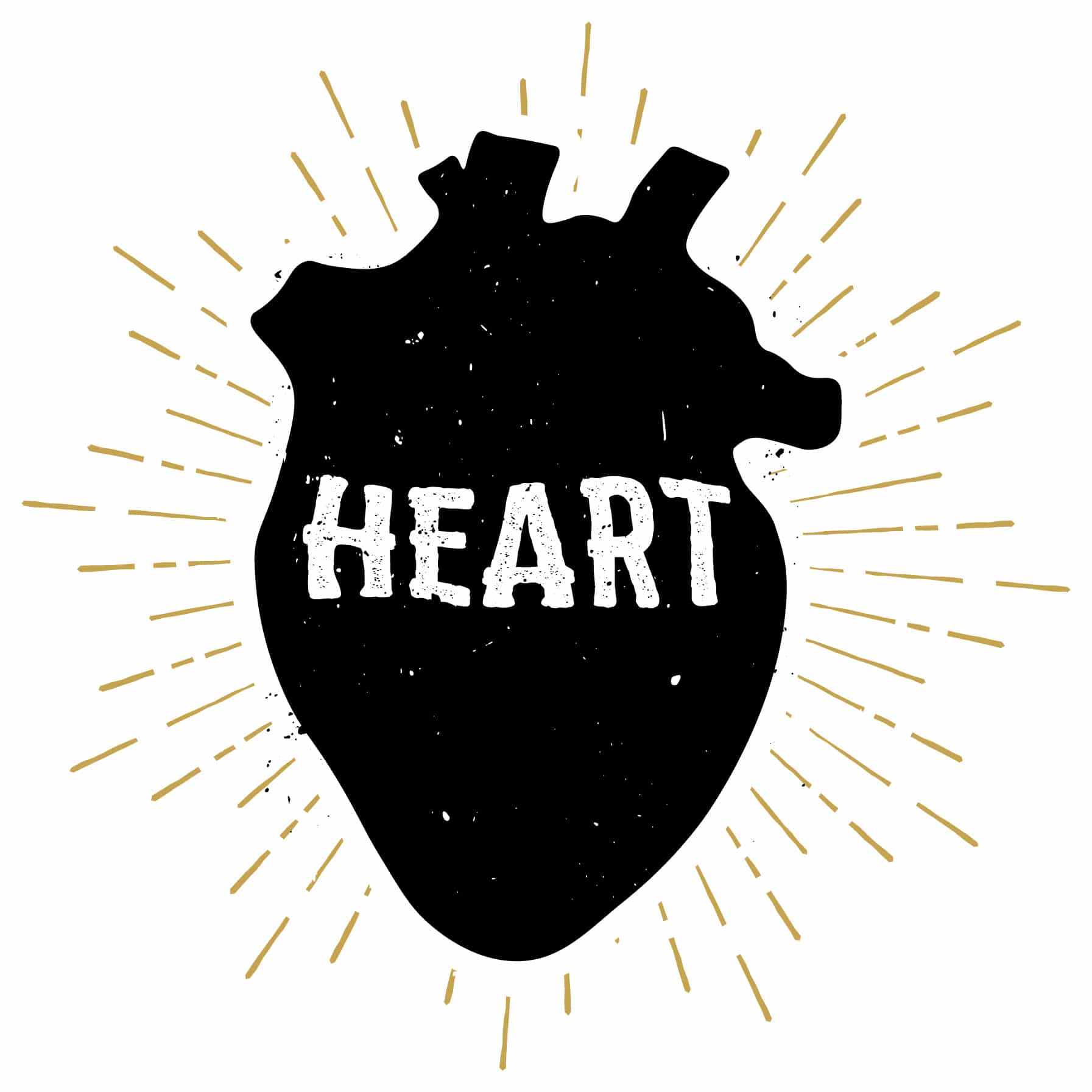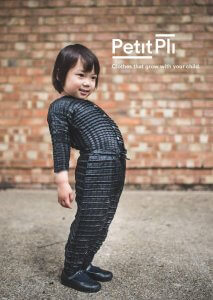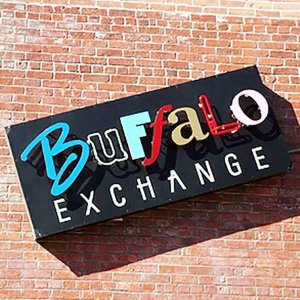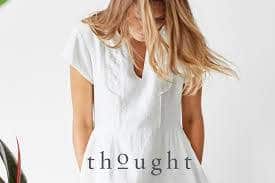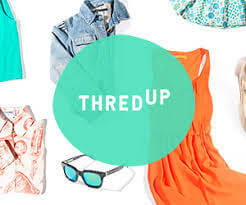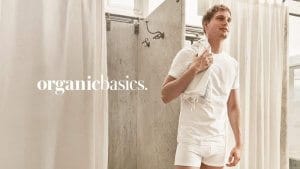The Top 10 Environmentally Friendly & Sustainable Clothing Brands in the World
People are becoming more and more conscious of where their unwanted, unused and outgrown clothes end up. Ahem: the landfill. As a result, fashion designers and entrepreneurs are coming up with innovative new ways to create environmentally friendly and sustainable clothes.
What better time to share some of our favourite environmentally friendly and sustainable clothing brands?
I was tempted to include businesses that offer laudable vegan fashion but to be frank, just because it’s vegan, it doesn’t mean that it’s sustainable. Certain products can require lots of energy (in the form of electricity, water, etc) to produce, and when I investigated how some products are manufactured, I found words like “tanned with vegetables” or “vegan shoes made of sustainable cotton and rubber.” Some businesses touted paying their workers a fair wage. Great! That’s a great practice to sustain a business (and keep a high retention rate), but this article is not about ethical fashion. It’s about fashion brands that are friendly to the environment by weaving in sustainable practices.
To help you understand sustainable fashion, Green Strategy summarises it best:
Sustainable fashion is partly about producing clothes, shoes and accessories in environmentally and socio-economically sustainable manners, but also about more sustainable patterns of consumption and use, which necessitate shifts in individual attitudes and behaviour.
I love the last part of that quote: necessitate shifts in individual attitudes and behaviour. The current common behaviour is runaway consumerism. When a business asks their customers to change their consumer habits, that can often be an onerous request. And yet, there are many fearless entrepreneurs who are trying to do just that. Today, we’ll dive into renting clothes, trading clothes, and even growing clothes, and other ways that fashion designers are creating environmentally friendly clothing brands.
Here are 10 of my favourites:
Rent The Runway
When you write a blog about sustainable fashion, you gotta include a service that rents clothes! What makes Rent The Runway stand out are their taglines and their ambitious co-founder Jennifer Hyman. They have a several taglines (which can be confusing – why not pick one?), that express their brand promise:
- Save time. Save money. Save the planet.
- Take risks. Wear color. Buy less stuff.
- Love. Wear. Return.
- #RentReduceReuse
Perhaps too many, but effective in getting the point across nonetheless. Buying less stuff means that I won’t contribute to the fashion landfill (as much). Since launching, Rent The Runway claims to have saved more than 900 tons of shipping waste. That’s definitely doing Mother Earth a few favors.
I also want to give Co-founder Jennifer Hyman a shout out for her tenacious vision. In Bloomberg, she was quoted as saying, “I want to put H&M and Zara out of business.” If you’ve been curious about renting clothes, give Rent The Runway a try. Other sustainable fashion rental providers include Le Tote and Gwynnie Bee.
Petit Pli
I love when an entrepreneur brands their story and turns their business into a vehicle for impact. An aeronautical engineer graduate came up with the idea to create expandable clothes after he bought a gift of clothes for his nephew. By the time the gift arrived, the kid had already grown out of it. This is how he came up with Petit Pli: clothes that grow as children grow. The material is lightweight waterproof and can span up to seven sizes, so your kid can wear it from the tender age of six months to a boisterous three years!
While the material isn’t environmentally friendly (it’s synthetic so it’s not biodegradable), it does combat overconsumption. Did you know that children can grow seven sizes in their first two years of life?
I also love Petit Pli’s tagline: “Clothes that grow” and “Childproof.” Child-proof, they say, “because children are extreme athletes.” They have a patent pending for their waterproof, windproof and childproof material.
Petit Pli recently won the James Dyson Award which is given to young people who “design something that solves a problem.” Congrats!
Buffalo Exchange
The idea of exchanging clothes was brought to the U.S. from Sweden by Spencer Block, who opened the first Buffalo Exchange in Tucson, Arizona in 1974. Unlike The Salvation Army and The Goodwill, where you donate your unwanted clothes, at the Buffalo Exchange, you can sell your clothes.
Did you wear that summer dress to a dinner party once and forgot about it? Bring it to a Buffalo Exchange store. If the style is current, if the articles are clean and in good condition, Buffalo Exchange will either pay you 30% in cash of what they’ll price your items to sell in the store OR they’ll give you a 50% store credit (trade). This is a great way to extend the life of your wardrobe and have less of it end up in the fashion landfill.
Crossroads – Buy. Sell. Trade.
Buy. Sell. Trade. That’s the Crossroads tagline, and it also speaks nicely to their brand promise. Does it sound familiar? If it sounds like Buffalo Exchange’s “new & recycled fashion,” then that’s because their business is based on the same model of recycling fashion.
Crossroads was founded a few years after Buffalo Exchange in 1991. Both fashion brands have a similar mission to foster sustainable clothes by extending the life of your wardrobe.
Everlane
#LoveYourUnderwear is the latest campaign from one of my favourite socially conscious brands, Everlane. I discuss their ethical fashion in a different article, but did you know that they’re also on a quest to make the world’s most sustainable denim?
It can take up to 10,000 liters of water to make a pair of jeans. The water used to make that single pair of jeans is often full of dyes, chemicals and becomes non-recyclable. Where do you think that water ends up? Yup, back into our rivers and oceans.But Everlane’s Saitex factory in Vietnam is different. They recycle 98% of its water used! The water that comes out the other end after making a single pair of denim jeans is so clean, “you can drink it.” Learn more about Saitex here. Check out their denim styles for both men and women here.
Thought Clothing
This brand makes their clothes from organic cotton, bamboo and hemp. I like hemp because when you compare it to cotton, it produces twice as much fibre per acre and it doesn’t wear out after being thrown in the washing machine.
I also love my bamboo socks because they’re good at absorbing sweat. Thought Clothing is based out of the UK but they ship worldwide. The next time you’re in the market for a wardrobe change, check them out.
People Tree UK
People Tree has been sustainable for 26 years and counting. They purchase the majority of their Fair Trade products from marginalized producer groups in the developing world and use natural resources throughout production to promote environmentally responsible initiatives for a sustainable future.
Here’s a business tagline with a clear brand promise: Sustainable and fair trade fashion.
This eco clothing brand uses new age materials such as Tencel which is manufactured from Eucalyptus trees, using a mere 20% of the land that is needed for a cotton plantation. Their organic cotton is Global Organic Textile Standard Certified (GOTS). The environment friendly clothing brand is accredited by the World Fair Trade Organisation, the Fair-trade Foundation and the Soil Association. If you’re all about sustainable fashion, People Tree UK is a safe buy.
thredUP
Style up, look good, feel good. Save up, save time, save money. Live up, live consciously, live well. In the fewest words possible, that is the motto of this online thrift store based out of San Francisco. According to co-founder James Reinhart, the average woman owns 236 articles of clothes but wears only 35. thredUP is an online thrift store where you can sell your unwanted clothes and shop for secondhand clothes at 90% off.
Thrift shops offer a different option for people. If you don’t feel like buying $60 dollar Everlane jeans, you can splurge at a thrift shop. As an eco conscious consumer, it’s hard to feel guilty for buying too many secondhand clothes at a fraction of the cost. The challenge is often finding what you want. thredUP solves that problem; it lets you shop by size, brand and price. There are countless of filters.
Want to be part of the sustainable fashion movement and not break the bank? Shop for secondhand clothes!
Swap Online Consignment
Swap.com is another online thrift store that promotes “style, reuse, and discovery.” If Thred Up doesn’t have what you’re looking for, head on over to Swap.
Swap offers a variety of categories to choose from, everything from maternity wear to men’s clothes to baby’s clothes. Also something called, “Glitter. Sequins. Metallic.” Sounds compelling, and you’ll be helping keep millions of items out of landfills and preventing textile waste.
Organic Basics
Organic Basics has an Everlane feel. Their eco-certified, organic underwear made from organic cotton has no lacey details. This organic clothing brand prides itself in selling organic underwear made with 82% recycled nylon. Their sustainable production means that their fabric is made with 80% less water and creates 90% fewer CO2 emissions. Learn more about their story here.
Another thing that I appreciate about this eco organic clothing brand is their models: they look like real people! The women wearing the underwear practically flaunt their stretch marks. Way to show brand authenticity and relate to real women!
Do you have a favourite environmentally friendly and/or sustainable clothing brand that I didn’t mention here? Do you shop for secondhand clothes? Please share your experience!
And when you’re ready to launch (or relaunch) your own environmentally friendly or sustainable clothing brand, let me know!

